
Shelters are moving hundreds of animals from place to place to avoid euthanasia, but veterinarians warn of infectious disease issues.

Shelters are moving hundreds of animals from place to place to avoid euthanasia, but veterinarians warn of infectious disease issues.
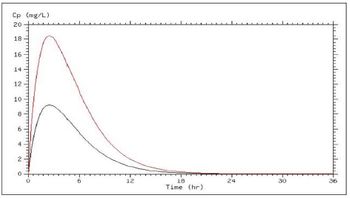
In most cases, we administer drugs at a different site than we want to drug to act. Understanding how drugs get to their site of action and how long they stay there is essential to making therapeutic decisions about which drug, what route, how much, how often, and for how long.

A gallbladder mucocele is an enlarged gallbladder that contains an excessive amount of mucus. Histologically, the gallbladder mucosa is characterized by cystic mucosal hyperplasia, with or without inflammation or necrosis. Dogs with gallbladder mucoceles can be asymptomatic early in the course of disease.

Cats with fevers (103? F-106? F) are a common occurrence in everyday practice. Most cases respond to antibiotic therapy or are self-limiting (abscesses, viral infections, post-surgical fevers). However, the most frustrating case is one in which a routine course of antibiotics does not improve the clinical condition of the cat, routine diagnostics do not identify the cause and the fever is ongoing.

A 2-year-old male cat was being treated for urinary obstruction at a veterinary hospital. Immediately after his intravenous catheter was flushed with a pre-filled syringe of what was believed to be heparinized saline, the cat urinated, tremored, torsed and collapsed. Hospital staff could not resuscitate the cat.

For most diagnostic tests, the 'titer' is the minimum dilution of a substance that is required to yield a positive result. For example, for detection of anti-Leptospira sp. Antibodies, the titer is the dilution of serum which still causes microbes to crosslink.

A geriatric wellness exam will not be one size fits all, it tends to be a dynamic process whereby additional testing is added on depending on the findings of the physical examination. There are however certain building blocks that are vital.

In geriatric dogs, heart and lung diseases are not uncommon with cough being the most common clinical sign. Differentiating between lung and heart as the cause of the cough is often not difficult, though in some cases both diseases are present.

Hyperthyroidism is a common disease of cats over 6 years of age. Feline hyperthyroidism is caused by adenomatous hyperplasia or adenoma of the thyroid gland; carcinomas are rare.

Hypertension and CRF: It is known that high blood pressure is associated with renal disease in many species including cats and dogs. That this is important is known from many studies including ones involving dogs.

Canine Parvovirus (CPV) is a family of viruses that cause vomiting, hemorrhagic diarrhea, and leukopenia. The virus can infect dogs of any age but, because of effective client education and early, aggressive vaccination protocols, is commonly noted in dogs less than 1 year of age.

This session will deal with case examples where blood pressure measurement is indicated. This is meant to be an interactive session with participation of the attendees. Your diagnostic skills will be tested as will your knowledge on blood pressure issues.

Cats with respiratory distress represent a significant diagnostic and therapeutic challenge to the small animal veterinarian. The most common causes of feline respiratory distress are pulmonary edema, pleural effusion, asthma, and neoplasia. Available methods to try to elucidate the etiology of an individual cat's respiratory distress include evaluation of historical and physical examination findings, thoracic radiography, cytology and ultrasonography or echocardiography.
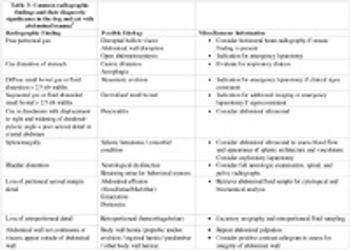
Abdominal trauma may result in specific injury of the peritoneal or retroperitoneal structures, diaphragm, or body wall constituents. Pain referred from other sites (especially spine) is also frequently mistaken for abdominal pain.

Less than 1% of the total body phosphorus is in the plasma with 1/3 of this as inorganic phosphate ions, most of which are unbound. Laboratory analysis of serum phosphorus measures all forms of H3PO4 (H3PO4, H2PO4, HPO4) referred to as inorganic phosphate. Serum phosphate levels are higher in serum than plasma due to the clotting process that releases phosphorus from cells and platelets.

The Food and Drug Administration Center for Veterinary Medicine (FDA CVM) approves drug labels. The Environmental Protection Agency approves pesticides and products used on premises. State Boards of Pharmacy regulate the practice of pharmacy and drug dispensing. State Boards of Veterinary Medicine regulate the practice of medicine.

Congestive heart failure (CHF) is not a primary disease; rather it is the manifestation of the failing heart that arises from neurohumoral compensation. The primary problems that underlie CHF can be diverse, but commonly involve myxomatous mitral valve disease (MMVD) or dilated cardiomyopathy (DCM) in dogs and hypertrophic cardiomyopathy in cats.

As their name implies, nonsteroidal aniti-inflammatory drugs (NSAIDs) are used in the treatment of inflammatory conditions, which are characterized by redness, swelling, heat, pain, and loss of function. Although the inflammatory response can be viewed as essentially protective and beneficial to the body, excessive inflammation in the face of progressive disease can promote the cycle of increasing damage and inflammation.
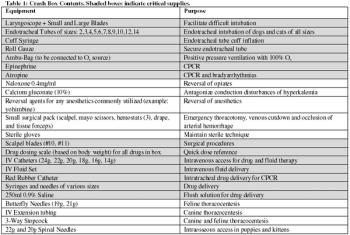
CPCR is the restoration of spontaneous circulation AND the preservation of neurologic function. CPCR techniques are constantly evolving through laboratory and clinical research. The most comprehensive review of currently accepted American Heart Association (AHA) Guidelines can be found in the 2005 AHA Guidelines for CPR and Emergency Cardiac Care.

Hyperadrenocorticism remains one of the most common endocrine disorders diagnosed in the geriatric dog population. It is a disease that is seen in almost every veterinary practice.
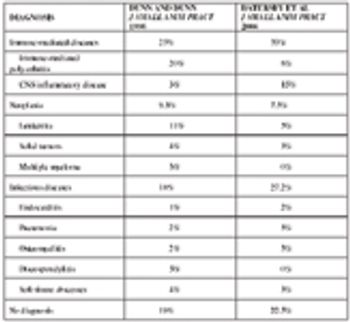
In human medicine, fever of unknown origin (FUO) is defined as pyrexia of greater than two to three weeks duration (i.e. sufficient time for self-limiting infections to resolve) during which repeat physical examinations and standard diagnostic testing have failed to reveal an underlying cause.

Many patients present to general, emergency, and referral specialty veterinary facilities with conditions that require immediate surgical intervention. The success or failure of the subsequent surgical procedure starts when the patient is initially presented for treatment.

The volume and tonicity of body fluids are maintained within a narrow normal range by regulation of sodium and water balance. The volume of extracellular fluid (ECF) is determined by the total body sodium content, whereas the osmolality and sodium concentration of ECF are determined by water balance.

In its earliest forms, cardiopulmonary resuscitation (CPR) is most likely as old as human society itself. Depictions of mouth-to-mouth ventilation appear in ancient Egyptian hieroglyphics, and descriptions appear in the bible. Modern CPR techniques emerged in the late 1950's and early 1960's.

Distal aortic thromboembolism (ATE) is most commonly recognized as a devastating sequel to underlying cardiac disease in the cat. The purpose of the following pages is to present the reader with a review of the veterinary literature as it pertains to pathophysiology, diagnosis, treatment, and prognosis for cats with ATE as well as to provide some comparisons between different treatment and prophylactic measures.

Dogs with immune-mediated thrombocytopenia (ITP) usually present with platelet counts low enough to be considered life-threatening, although overt signs of bleeding are uncommon. Owners usually only note anorexia or lethargy, although in some cases epistaxis, cutaneous bruising/petecchi?/echymoses, or oral bleeding may be noted.

Immune-mediated hemolytic anemia is one of the most common reasons for referral to veterinary internists. The most common presenting complaint is that the patient is inadequately responding to appropriate imunosuppression.
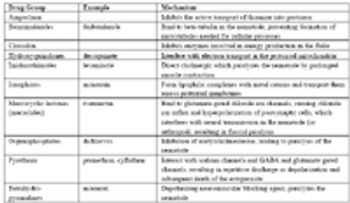
The science of how drugs work on the body (or the microorganism or parasite) is pharmacodymanics (its counterpart being pharmacokinetics, how the body works on the drug). In this section, the basic concepts of drug concentration and drug action are followed by a review of the mechanisms of action of the major drug groups used in food animal practice including NSAIDs, glucocorticoids, reproductive drugs, antimicrobials, and parasiticides.
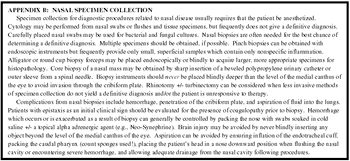
Lymphocytic-plasmacytic rhinitis (L-PR) is a nonspecific inflammatory condition associated with antigenic and irritant stimulation. This disorder is most commonly found in dogs. and has a predisposition for Dachshunds. The clinical signs are those commonly seen with nasal diseases, including sneezing and nasal discharge of varying character.

Unfortunately, many people equate natural and safe. Thus, this may explain in part the current popularity of products containing "all natural" active ingredients. However, some of the most toxic compounds known to man are naturally-occurring (botulism, cyanogenic glycosides, ricin).